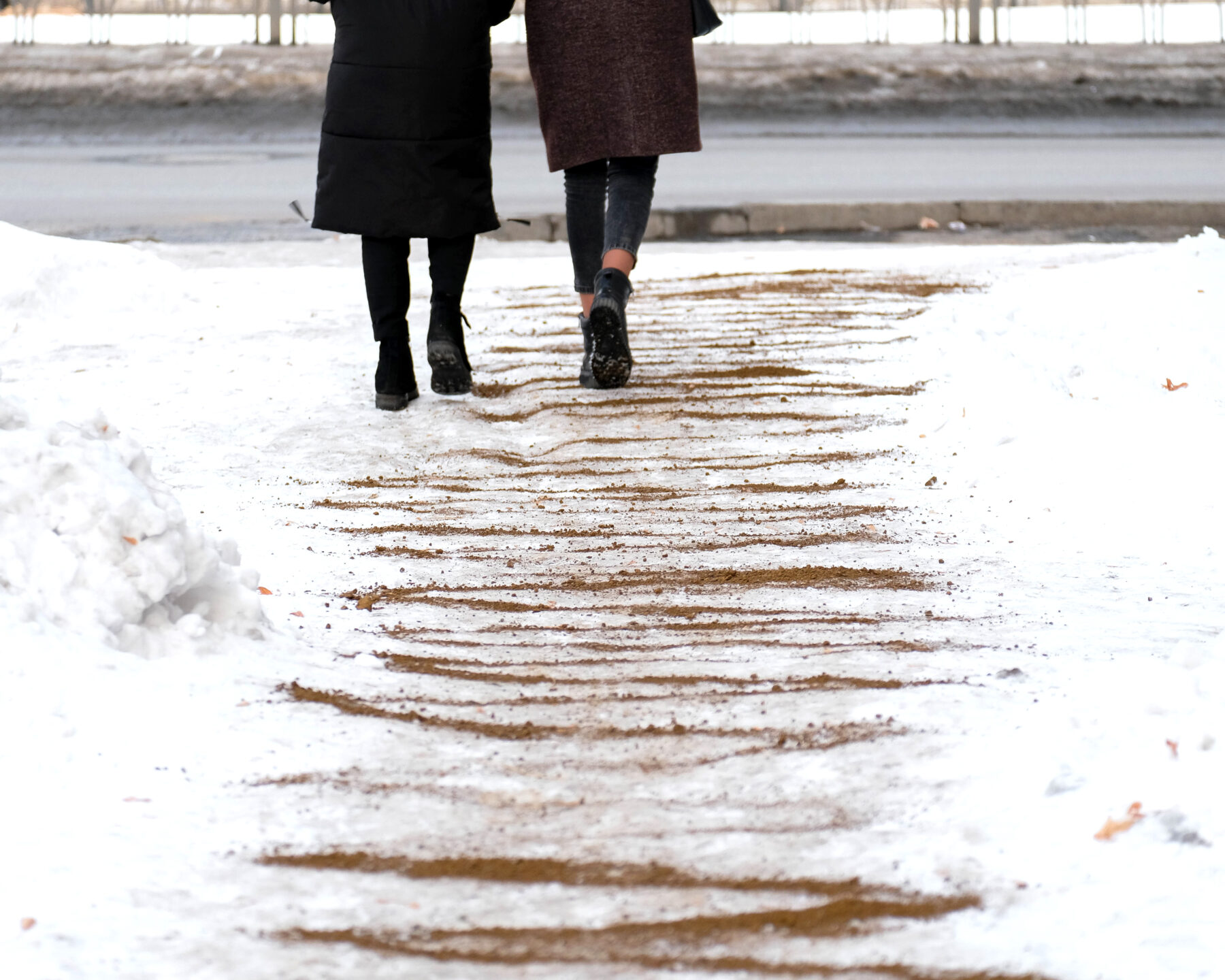Slip-Free Walkways: The Role of Sand in Winter Safety
September 4, 2025

Winter weather creates conditions that test the safety of walkways, driveways, and entryways. Ice and packed snow can quickly turn these high-traffic areas into hazards, increasing the risk of slips and falls. While there are many approaches to keeping surfaces safe, sand has long been one of the most reliable solutions. Beyond its accessibility and affordability, sand plays a unique role in creating traction and improving winter safety for both residential and commercial spaces.
Why Sand Works in Winter
Sand does not melt ice like chemical deicers. Instead, its effectiveness comes from providing instant traction over slick surfaces. The angular texture of sand particles grips into ice and snow, allowing shoes and tires to gain stability that would otherwise be lost on smooth surfaces. Because of this, sand can be applied even in the coldest conditions when traditional deicers lose their effectiveness.
Another advantage is consistency. Sand remains in place when spread across frozen walkways, creating a dependable non-slip layer. Unlike salts that can wash away quickly, sand maintains coverage during freeze-thaw cycles, offering longer-lasting protection between applications.
Residential Applications for Safer Walkways
Homeowners often rely on sand to maintain safe passage around their property. Spreading sand along sidewalks, steps, and driveways helps create traction exactly where it is needed most. For steep driveways or shaded areas where ice lingers, an extra layer of sand ensures that surfaces remain reachable even during extended cold spells.
Sand also complements other winter safety measures. When paired with shoveling or light deicing, it enhances results by covering residual patches of ice and snow. The combination provides both traction and prevention, making it easier to keep up with daily winter maintenance.
Commercial and Public Use
In commercial settings and public spaces, sand offers scale and reliability. Parking lots, building entryways, and pedestrian paths all see heavy winter traffic that requires consistent safety. Sand meets these needs with a material that can be applied quickly and replenished as conditions change.
Municipalities also turn to sand for roadway and sidewalk safety. By mixing sand with salt or using it on its own in colder climates, crews keep transportation routes and public walkways functional through snow and ice. This use underscores its role as both a cost-effective and widely available safety measure.
Choosing the Right Sand for Winter
Not all sand performs the same in icy conditions. Coarser sands with angular grains offer the best traction because they pick into frozen surfaces rather than gliding across the surface under foot traffic. Masonry sand and play sand are less effective, as their finer particles can shift or be carried away by wind. For the most reliable results, winter applications benefit from sand blends specifically produced for traction.
Some suppliers also provide treated sands that combine the benefits of grit with light deicing capability. These products deliver the texture needed for stability while also reducing thin layers of ice, further boosting walkway safety.
Sand remains one of the most trusted materials for reducing slips during winter. Its strength lies in simplicity, avoiding complex applications, and eliminating wait time for chemical reactions. It simply delivers immediate traction where it matters most. By incorporating sand into walkway maintenance routines, both homeowners and property managers create safer environments for residents, visitors, and customers alike.

